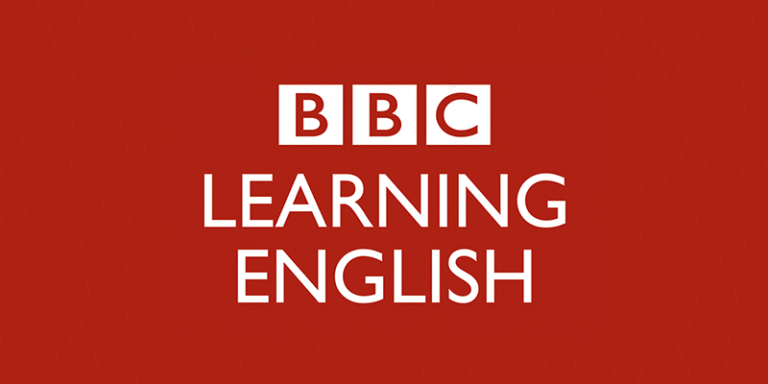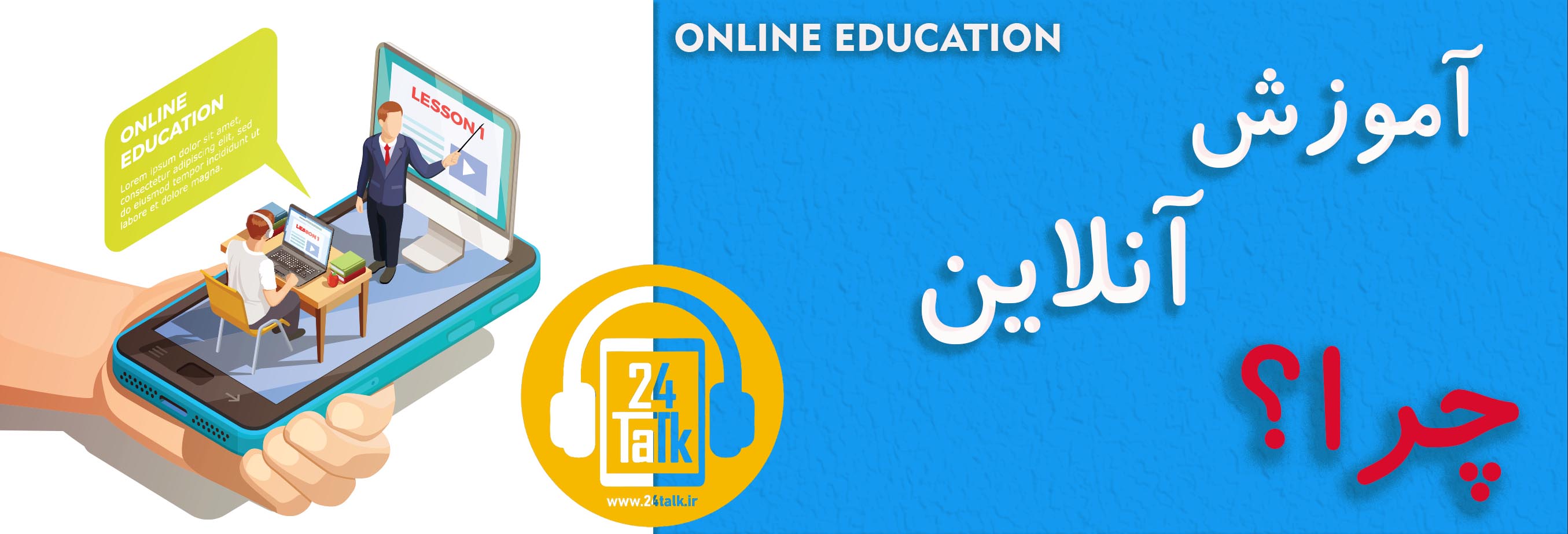پادکست BBC شماره 302 – Will Covid-19 change cities
پادکست BBC شماره 302 :
سلام با سیصدودومین سری از پادکستهای BBC 6 Minute English در خدمت شما هستیم.
از طاعون و وبا گرفته تا سل ، بیماری های همه گیر شیوه ی تکامل شهرها را تغییر داده است. شیوع ویروس کرونا هم از این قاعده مستثنا نیست: درحالی که شهرهای سراسر جهان به حالت تعطیل درآمده اند ، شهرها آرام تر و سبزتر شده اند ، و ما با بازگشت حیوانات وحشی در مقیاس بی سابقه ای رو به رو هستیم. در پادکست BBC شماره 302 راب و نیل در مورد تاثیر این مسئله بر آینده شهرها بحث می کنند و در ضمن چندین کلمه مفید هم به شما می آموزند.
در زیر کلمات کلیدی که باید با آنها آشنا شوید برایتان توضیح داده شدهاند:
airborne: هوابرد
carried and spread in the air
metropolis: کلان شهر
largest, busiest and most important city in a country or region.
antibiotics: آنتی بیوتیک ها
chemical or medicine, like penicillin, that can destroy harmful bacteria or stop their growth
spread like wildlife: به سرعت گسترش یافتن
(idiom) spread quickly around many people
commute: رفت و آمد
distance you travel on your journey between your home and your place of work
livelihood: امرار معاش
job or other way of earning money to pay for what you need to live
Transcript of the podcast

پادکست BBC 6 minute English – What’s the point of blood types
Note: This is not a word-for-word transcript
Neil
Hello. This is 6 Minute English from BBC Learning English. I’m Neil.
Rob
And I’m Rob.
Neil
From the bubonic plague to cholera and tuberculosis, disease and pandemics have changed the way cities have been built. For example, buildings in 19th century Paris were designed with large, high-up windows to allow plenty of sunlight. They were supposed to stop the spread of tuberculosis.
Rob
Coronavirus has been no different. In lockdown, cities from Rio to Barcelona were transformed as wildlife and birdsong replaced the noise of taxi horns and traffic. And with no car pollution you could even see the stars at night!
Neil
In this programme we’ll be asking if cities after lockdown will ever be the same again – and if we want them to be.
Rob
We’ll be hearing some ideas from different cities around the world.
Neil
And of course we’ll be learning some new vocabulary along the way. One of the cities most affected by Covid-19 was Mumbai in India – but approximately how many people were affected? What’s the estimated population of Mumbai? That’s my quiz question for you today Rob. Is it:
a) 15 million people?
b) 20 million people? or,
c) 25 million people?
Rob
I know Mumbai is an international mega-city so I’ll say b) 20 million people.
Neil
OK, Rob, we’ll find out later if that’s right. Now, Beatriz Colomina is a professor of architecture at Princeton University in the United States. She’s spent years researching the relationship between cities and disease. Here she is talking with Kavita Puri, presenter of BBC World Service programme, The Inquiry:
Kavita Puri
Take tuberculosis. Unlike cholera, which was eliminated in London by re-designing the sewage system in the 1850s, TB was airborne.
Professor Colomina
It became a real problem with the rise of the industrial cities, the metropolis, before an antibiotic was effective.
Kavita Puri
One in seven people on the planet had TB, but in dense cities like Paris, it was one in three. Closely packed tenements meant the disease spread like wildfire and architects and planning experts responded.
Rob
Some diseases, like cholera, could be prevented by redesigning cities to improve hygiene, like the waste water sewers in 19th century London. But the problem with tuberculosis, or TB for short, was that the disease is airborne – carried and spread in the air.
Neil
Adding to the problem was the fact that antibiotics – medicines like penicillin that can destroy harmful bacteria or stop their growth – was not discovered until 1928 – too late to save the thousands of people who died in Mumbai, New York, Paris and other cities during the 1800s.
Rob
Diseases like TB killed more and more people as cities industrialised and grew bigger and bigger, leading to the creation of the metropolis – the largest, busiest and most important city in a country or region.
Neil
Many people crowded together in large metropolises meaning that disease could spread like wildfire – an idiom meaning spread quickly around many people.
Rob
Even today disease is shaping our cities. In post-Covid Paris, new ideas for a ’15 minute city’ aim to make all public services available within a fifteen minute walk to help people working from home.
Neil
Other countries want to build better, more affordable housing outside the city centre.
Rob
But according to Mumbai resident Dr Vaidehi Tandel this won’t work – even if the housing on offer is better. But why? The reason is work.
Dr Vaidehi Tandel
When you shift them out, you’re moving them away from their livelihoods and they’re not going to be able to sustain themselves there so they will be coming back because their jobs are in the city and they cannot afford the commute from further off places.
Rob
Dr Vaidehi Tandel there, talking on the BBC World Service programme The Inquiry.Trying to make cities less crowded is one way to minimise the risks from disease. But moving people away from the city centre means moving them away from their livelihood – their job or other way of earning money to pay for food, housing and clothing.
Neil
Many people still want to live near their workplace in the city centre because they can’t afford to pay for the commute – the journey between their home and their place of work.
Rob
Which is real problem when you live in a city of… how many people did you say live in Mumbai, Neil?
Neil
Ah yes, in our quiz question I asked you what the estimated population of Mumbai is.
Rob
I said b) 20 million.
Neil
And you were absolutely right! Around 20 million people live in the Mumbai metropolis, making it very difficult to socially distance.
Rob
In this programme we’ve been discussing the relationship between cities and disease. In the 1800s, tuberculous, or TB, killed thousands because it was an airborne disease – spread in the air, and hard to prevent.
Neil
Antibiotics – medicinal chemicals like penicillin which can destroy harmful germs, couldn’t help because they weren’t discovered until decades later.
Rob
So in metropolises – the largest and most important cities, where people live crowded close together, diseases spread like wildfire – an idiom meaning spread widely and quickly.
Neil
In Mumbai and other places, the problem remains that many people need the city for their livelihood – job or other way of earning money.
Rob
So they prefer to live in the city centre instead of paying for the daily commute – a journey, often by train, bus or car, from your home to your workplace.
Neil
That’s all we have time for in this programme, but remember you can find more useful vocabulary, trending topics and help with your language learning here at BBC Learning English. Bye for now!
Rob
Bye!
امیدوارم از پادکست BBC شماره 302 لذت برده باشید. برای دسترسی به قسمت های دیگر این پادکست می توانید از صفحه ی پادکست ۶ دقیقه انگلیسی (BBC) آکادمی مجازی آموزش زبان ۲۴talk دیدن کنید.
همچنین برای گوش دادن به پادکست های سطح بندی شده British Council می توانید به صفحه ی پادکست British Council آکادمی مجازی آموزش زبان ۲۴talk مراجعه کنید.
گوش دادن به پادکست روش خوبی برای تقویت مهارت شنیداری و هم چنین یادگرفتن کلمات در بستر یک موضوع خاصه که این به تقویت مهارت مکالمه انگلیسی نیز کمک زیادی می کنه.
اگه دنبال این هستی که مهارت های مکالمه زبان انگلیسیت رو بیشتر از این تقویت کنی بهت پیشنهاد میکنم در دورهی مکالمه زبان انگلیسی آکادمی مجازی آموزش زبان انگلیسی ۲۴talk شرکت کنی که با یه برنامه منسجم و خلاقانه کمک میکنه در زمان کوتاه بتونی به راحتی و روانی انگلیسی صحبت کنی.







